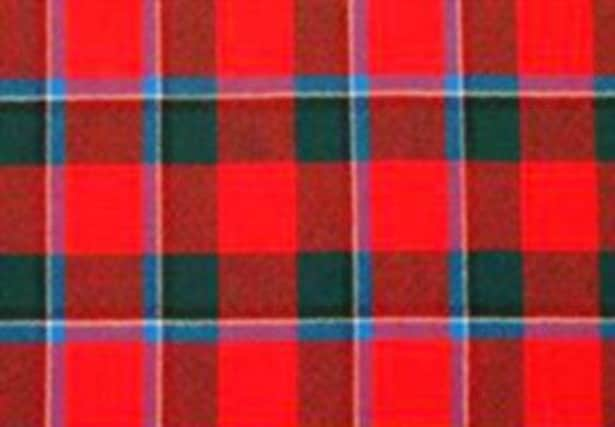Scottish clan profile: Sinclair


They first went to England, before they came to Scotland, with William the Conqueror during his invasion of England. Sir William Saint Clair was granted the Barony of Roslin, in Midlothian by the King of Scotland in 1180. Through marriage, the family obtained the Earldom of Orkney, and in the next century received land in Caithness.
The name Sinclair came into form when the chief of clan Sinclair decided to split the family’s land – giving the lands of Caithness to his elder son, and the lands at Roslin to his younger son – although the Earls of Roslin still prefer to use the older form of “St. Clare”.
Wars of Scottish Independence
Advertisement
Hide AdDuring the Wars of Scottish Independence, Sir William Sinclair of Rosslyn was captured at the Battle of Dunbar in 1296 and died later, probably in the Tower of London.
In 1303 the Battle of Roslin took place where Scots under Henry Sinclair of Rosslyn and the Clan Comyn defeated the English. The Battle of Loudon Hill took place in 1307 where Scots under Robert the Bruce, assisted by Henry Sinclair of Rosslyn again defeated the English.
Sir William Sinclair, heir to Henry, and his brother John were among the Scots killed at the Battle of Teba in 1330. They were attempting to carry Robert the Bruce’s heart to the Holy Land. They were buried in Rosslyn Chapel, which was founded by William Sinclair, 1st Earl of Caithness.
16th Century
William Sinclair, 2nd Earl of Caithness was killed fighting for James IV of Scotland at the Battle of Flodden in 1513. Some 300 Sinclairs were killed as well as James IV.
In 1568, Henry 3rd Lord Sinclair assisted Mary, Queen of Scots, to escape from Lochleven Castle. On 11 December 1592, William Sinclair of Mey was knighted by King James VI of Scotland.
17th Century
Much of the Sinclair lands in Caithness had to be sold off to pay debts. Within the family, rights to estates were disputed and culminated in the Battle of Altimarlech in 1680 between the Sinclairs and the Campbells, near Wick. It is said that, as a result of this battle, so many Sinclairs were killed that the Campbells were able to cross the water without getting their feet wet. But the Sinclairs had influence in high places as in 1681, they regained the earldom by an order of Parliament.
18th century and Jacobite risings
Advertisement
Hide AdThe Sinclairs supported the Jacobite cause during the uprising in 1715 but by the time of the Jacobite rising in 1745 they had turned their support to the British Hanoverian government. In 1746, at the Battle of Culloden, Sir James Sinclair of Rosslyn commanded the Royal Scots regiment on the British Hanoverian government side.
• The clan’s motto is “Commit thy work to God”
• Castles established by the Sinclairs include:
- Roslin Castle in Midlothian
- Castle Sinclair Girnigoe
- Castle of Mey
- Ackergill Tower
- Braal Castle
- Dunbeath Castle
- Keiss Castle
- Castle of Old Wick
• The current clan chief is Malcolm Ian Sinclair, 20th Earl of Caithness - Born 3 November 1948, Malcolm Ian Sinclair is a British Conservative politician and member of the House of Lords as one of the remaining hereditary peers. He is also the chief executive of the Clan Sinclair Trust.
Advertisement
Hide Ad• Famous Sinclairs include: Malcolm Sinclair, actor; Scott Sinclair, footballer; Adam Sinclair, hockey player; Trevor Sinclair, TV presenter; John Gordon Sinclair, actor; Sir Clive Sinclair, inventor; Sister Margaret Sinclair, declared venerable by Pope Paul VI in 1978.